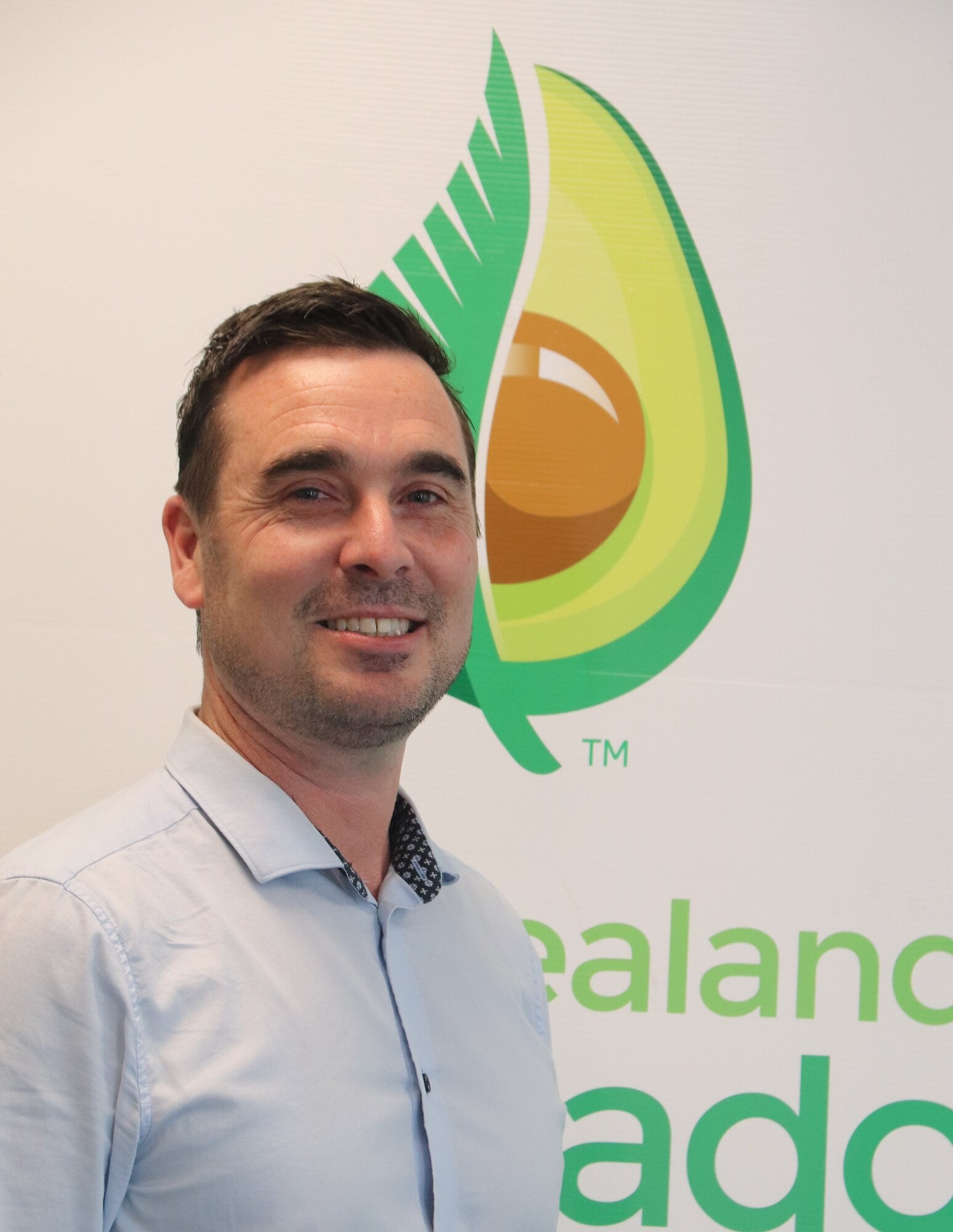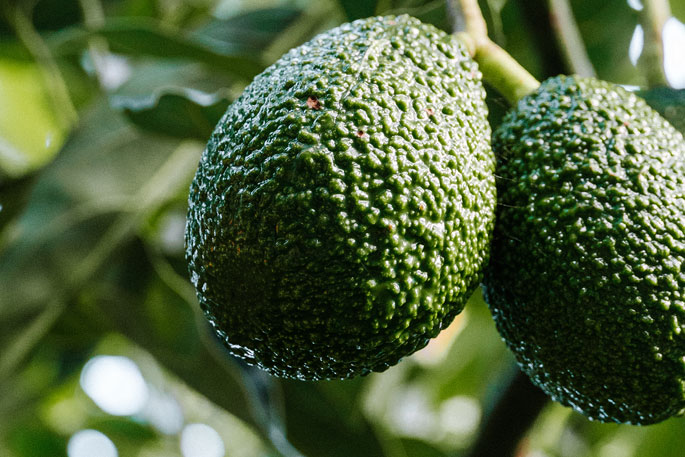The avocado sector is spreading its wings around the world.
“Diversification of our export markets is a prime focus for us as an industry,” said NZ Avocado CEO Brad Siebert
“We want to supply markets at a time where we have a natural advantage. We don’t deal with fruit flies or other trade-limiting pests.
“At last count we had access to over 80 countries, unlike some of our competitors, who are restricted.”
Siebert says that in the upcoming 2025-26 season, volumes will need to be redirected to a more diverse marketplace, with many exporters exploring opportunities in North America and Asia.
Market
This shift in market focus was likely to result in increased harvest volumes much earlier in the season, he said.
About 50 to 60% of the New Zealand avocado crop is exported, primarily to Australia, with the balance supplied to the domestic market, including local supermarkets.
Siebert said key Asian markets, including South Korea, Japan and Thailand, were also integral to the industry’s growth.
“A revised export strategy aims to better align supply with market demand, ensuring higher returns for growers and reducing pressure on the domestic market during peak export periods.”
After some tough recent seasons, Siebert said a dry summer had likely supported a very good quality season.
“Dry periods can restrict fruit size so we will have to wait and see if fruit sizes are delayed for the 2025-26 season.”
Picking Complete
Picking was chiefly completed last month, with new season fruit expected in June, said Siebert.
This was predicted to result in a crop of around 6.2 million trays, down from the 7.2 million trays harvested in the previous season.
“Yet with an anticipated improved pack out, estimated export volumes will likely match the highs of last season.”
Siebert said the avocado industry, like all other agriculture sectors, had challenges with extreme weather events.
“Over the last couple of years, there’s been a number of cyclones, which downgrade fruit, making it unavailable to meet our export standards.
“These disrupted seasons impact the domestic market, often our second-biggest value and volume market, with an oversupply and reduced returns to growers.”
 NZ Avocado CEO Brad Siebert. Photo / Supplied
NZ Avocado CEO Brad Siebert. Photo / Supplied
Siebert said growers should be carrying out soil and leaf testing now and making final adjustments to soil nutrients before soil temperatures drop too much.
Phosphonate application to protect from phytophthora (root rot) was important at this time of year, he said.
Pruning was also vital to maintain sunlight onto parts of tree growers want to be productive.
“Building carbohydrate reserves through winter is critical to support fruit set in spring,” Siebert said.
Environment
Avocado trees enjoy warm, frost-free environments, with temperatures ideally between 12°C and 28°C.
NZ Avocado represents 1500 growers across the Far North, Mid-North, and Bay of Plenty.
“Most of our 1500-plus growers and orchards are small operations,” Siebert said.
“Only 12 per cent have more than 5ha. Although we do have some much larger orchards, there’s a very long tail of lifestyle growers with an average orchard size across our industry of about 3.5ha.”
Siebert said around 50% of avocado hectares in production are in the Bay of Plenty, and around 45% are in the Northland region, where orchards in the Far North tend to be a bit larger than those elsewhere in the country.
NZ Avocado supports growers by focusing on research, government advocacy, export systems and domestic marketing initiatives.
While the organisation does not sell or market avocados directly, Siebert said it played a crucial role in optimising grower returns and ensuring levy contributions are well-utilised.



0 comments
Leave a Comment
You must be logged in to make a comment.